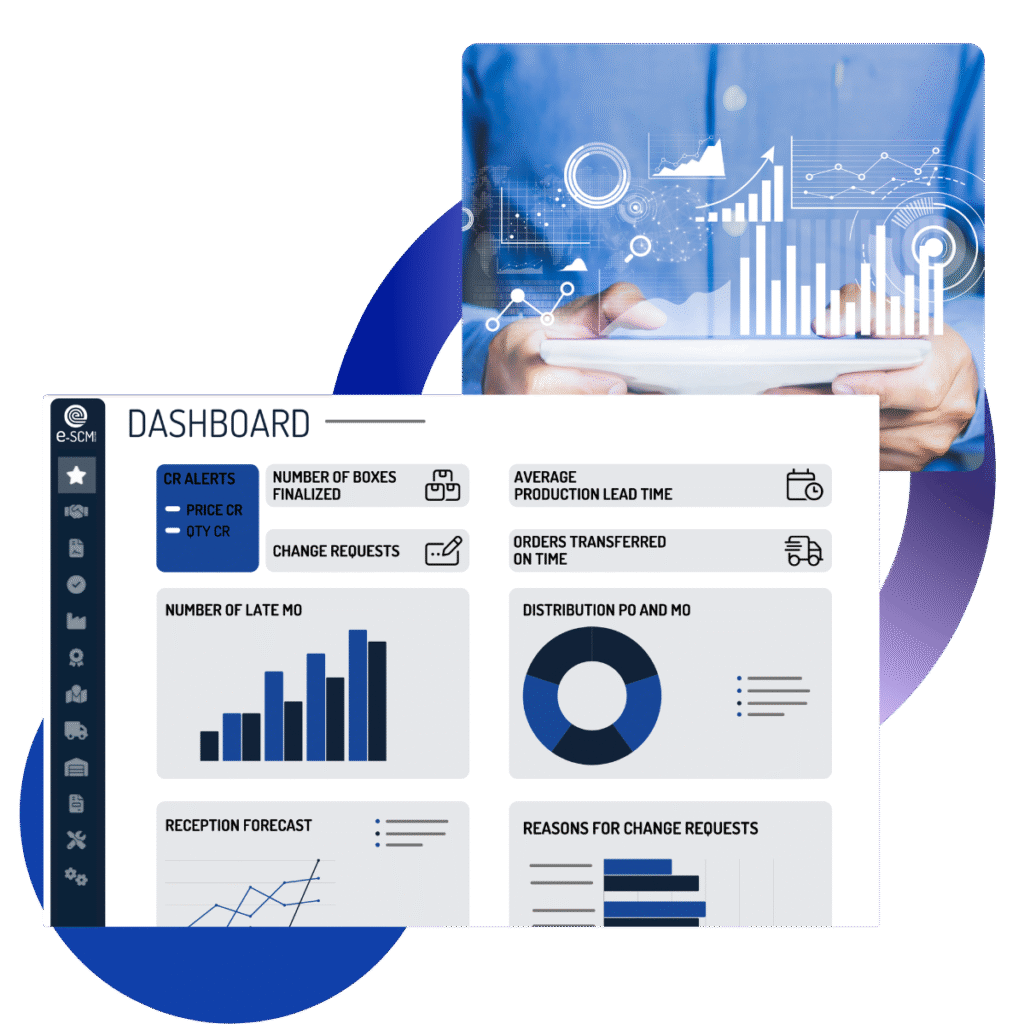In a context of increasing environmental regulations and intensifying economic pressures, the supply chain can no longer rely on guesswork. Data has become a strategic asset, as valuable as the product itself. Yet, many companies still struggle to ensure the reliability of their information, thus hampering their ability to optimize their logistics costs, comply with standards, or even benefit from obvious competitive advantages.
The first step is to digitize the supply chain and unify data sources. Too often, information is scattered across different systems ( ERP, logistics management software, procurement platforms ) , creating duplicates and inconsistencies. By centralizing these information flows, the company gains not only in reliability, but also in processing speed. The data becomes usable in real time, which radically changes the way to manage operational performance and anticipate market needs.
But centralization is not enough: the quality of the information must also be ensured.
Implementing automated data collection and verification systems is essential. Consistency checks, anomaly alerts, cross-validation between multiple sources... these mechanisms help prevent errors and secure data. Without this work, some organizations miss out on concrete opportunities: for example, companies give up requesting eco-modulations because they don't have the necessary reliable data. This shortfall clearly the economic value of reliability and the need to invest in process auditability .

Beyond regulatory compliance, data opens the way to new economic levers. Traceability, long perceived as an administrative constraint, is becoming a powerful tool for productivity and logistics optimization. By providing complete visibility into flows, it facilitates cost management, improves inventory management, and enables more precise cash flow management.
Chantelle's example is telling: thanks to a perfectly controlled supply chain and enhanced traceability, the company manages to smooth out its cash outflows and secure its growth in a highly competitive sector.
To successfully achieve this transformation, a few key factors appear essential. First, data must be placed at the heart of the business strategy, integrating it from the very beginning of project design. Data collection and verification must be naturally integrated into daily processes and not treated as an additional constraint. Concrete indicators also play a crucial role in convincing decision-makers: reliability of accounting data, reduction of the invoicing error rate, improvement of regulatory compliance deadlines.
Read our article on KPIs & performance evaluation
Ultimately, success depends on collaborative efforts that involve not only senior management, but also suppliers, technology partners, and external experts. It is this broad collaboration that ensures a coherent, sustainable, and resilient value chain.
Ultimately, ensuring reliable data is no longer an option, but a condition for survival in a globalized market. Companies capable of basing their strategy on accurate, auditable, and shared information are gaining a head start: they are gaining competitiveness, reducing their financial risks, and opening up new prospects for sustainable growth, while strengthening transparency and trust with their stakeholders.